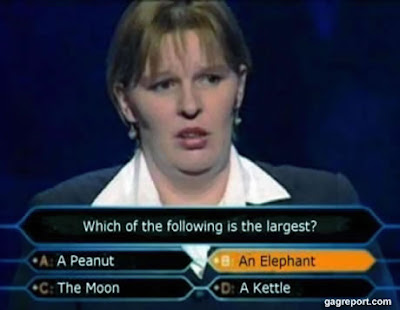The pieces of the puzzle fall in place

.
.
IS the largest.
Learning.
My understanding of positional chess is boosting lately. My adage used to be that piece activity is the nec plus ultra of positional play. I had discovered this by gathering a lot of positional elements (from positional exercises like PCT) like open lines, outposts etc. and formulating what these elements had in common. Now what have I learned lately?
Piece activity as the foundation of all positional elements.
There were some positional elements that I had neglected almost entirely. Like the center, centralization of pieces, overprotection, prophylaxe, color complexes, pawnstructure, exchanges, exchange sacrifices etc.. The question was if these elements had the same base (piece activity) as the other positional elements I mentioned or that they were founded on an entire different entity, unknown to me. I found that these elements too derive their importance from what they contribute to the activity of the pieces.
Targets.
Piece activity pur sang is rather vague. I discovered that it is necessary to be more specific. More concrete. Piece activity must be aiming at targets. The targets must become sitting ducks.
Outpost.
My definition of a square suitable for an outpost was way too ridgid. I thought it had to be precisely the very next square in front of a pawn. But it can be on every other square in front of a pawn. In fact there is no pawn needed at all. It can be any square where you can maintain a piece without being harrassed.
Road to the outpost.
It isn't necessary to immediately occupy an outpost with a piece. It is important though to keep the access road to the outpost open.
Being harrassed isn't always bad.
The natural piece to occupy an outpost is a knight. If the knight is being harrassed by a pawn, the harrassing pawn quits its duty to protect the blockaded pawn. Hence the blockaded pawn becomes bad.
Attacking the base of a chain.
I now know why you have to attack a chain at its base and not at its front.
Colorcomplex.
It finally became clear what a colorcomplex is and how to make use of it. That concept used to remain vague.
Overprotection.
It became much clearer what to overprotect and why.
Flexibility.
I now know what an elastic move is.
It costed me quite a few games to experiment with positional elements. But now everything starts to fall in place. I'm confident that I will get my lost points back soon. And much more.
Papablanca said that you have to have an elephantskin to publish about your own attempts to improve. He is right, of course. But what helps is the following attitude. I don't want to change or educate my reader. I only listen to what is helpful, and I forget what is not.
This attempt to ape the attitude of a saint pays off.
First of all because I know I have a blind spot and I can only indirectly conclude what is in it by carefully listening by what people have to say to me.
Secondly I get a gem throwned to me every now and then. For instance the book of Michael Stean "Simple Chess''. Hattip to Anonymous.
So I keep inviting everybody to comment freely on my posts. I don't will feel offended, no matter the arrogance you are showing or if you didn't understand my post at all or have read it badly. Some will argue that my skin has proven to be thick enough anyway. I prefer to not agree with them. But if they are right my excuse is that it's all happening in my blind spot:)
In positional chess a piece has a role and according my ICS course this is the list (graded from worst to best) is:
ReplyDelete- piece out of play
- piece that only has a defending role
- piece that only has an atacking role
- piece that is aswel defending as attacking
So yes, where you put your pieces is very important. :-)
I am not sure what you mean by colorcomplex, can you explain it a bit more?
What is with this outpost and pawns? For a square to be an outpost i dont think there doesn't even have to be a pawn (that needs to be blocked) around. Or maybe an outpost is something else for me then for you? For me an outpost is where a piece of your own troops can be safely placed close or deeply into enemy territory without the enemy is able to chase it away without doing dammage to his own troops/position.
IMHO to understand positional chess two elements suffice:
ReplyDelete1 activity;
2 vulnerability.
A move cannot be good if it does not increase the activity of your pieces or decrease their vulnerability. This applies to all stages of the game and even to tactics. In a way it is the ultimate coat hanger.
I was not complete in my first comment. A move also has merit if it decreases the activity of your opponents pieces of increases the vulnerability of his positiont. But it is about the same two elements.
ReplyDeleteHmm, you commented on my Simple Chess thread in August 2006.
ReplyDeleteA great book, indeed.
LOL, I remember that my recognition of the arrogance of St Patzer triggered my strange sense of humor:)
ReplyDelete